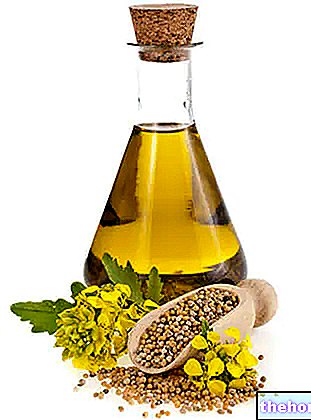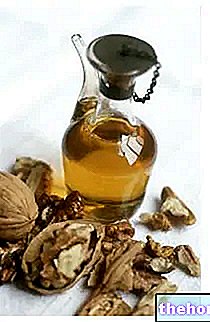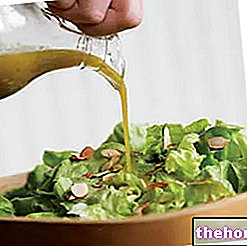Introduction: the olive oil
Olive: botanical aspects and cultivation
Composition of the ripe olive, nutritional properties
Olive harvest
Olive oil: chemical composition
Olive oil: properties and nutritional characteristics
Preparation of the olive oil
Conservation of olive oil
Pomace oil
Classification of olive oils, analysis and fraud
Olive oil as a laxative
Olive tree in herbal medicine - sea buckthorn
Cosmetic use: olive oil - Olive oil unsaponifiables - Olive leaf extract
Olive oil
Oil is a lipid substance and like all dietary lipids it is mainly made up of triglycerides, in turn formed by the esterification of the three hydroxyl groups of glycerol with as many fatty acids.

A simple triglyceride is a triglyceride in which all three fatty acids are the same, while in mixed triglycerides one or more fatty acids differ from the rest.
The SAPONIFIABLE FRACTION of olive oil consists of simple (≈ 55%) and mixed (≈ 45%) TRIGLYCERIDES (98 - 99%); it also contains minimal quantities of mono and diglycerides (glycerol esterified with only one or two acids fats).
Diglycerides can be 1,2 diglycerides or 1,3 diglycerides. The 1,2 diglycerides are the precursors of the triglycerides and therefore derive from an incomplete biosynthesis, while the 1,3 diglycerides derive from the hydrolysis process of the triglycerides.
This aspect is very important because the ratio between 1,2 diglycerides and 1,3 triglycerides gives us an idea of the conservation status of the oil. If 1,2 prevail, which as we have said derive from the natural process of biosynthesis, it means that the oil is fresh, if 1,3 prevail, which instead derive from enzymatic degradation, it means that we are in the presence of an aged oil.
The composition of fatty acids varies in relation to the variety of the olive tree, the degree of ripeness of the drupes, the climate and the period of harvesting. However, there are particular fatty acids which always and in any case represent almost all the fatty acids contained in the " olive oil; they are STEARIC, PALMITIC, OLEIC, LINOLEIC and LINOLENIC.
A characteristic that distinguishes olive oil from other vegetable oils is linked to its greater content in oleic acid; linoleic instead prevails in seed oils.
In a good quality olive oil:
§ the oleic acid should not be less than 73%
§ linoleic acid should not exceed 10%
§ the oleic / linoleic ratio should be ≥ 7.
These characteristics allow the olive oil to keep longer than any other type of oil; the tendency to rancidity is in fact directly proportional to the number of double bonds present in the fatty acids. While in the oleic acid there is only one double bond (it is a monounsaturated), the linoleic acid contained in the other vegetable oils contains two double bonds (it is a polyunsaturated progenitor of the omega-6 series). The rancidity of an oil is also hindered by the content of vitamin E and polyphenols, the latter being abundant in olive oil and grape seed oil.
A characteristic common to all vegetable oils, including olive oil, is that in the two position of the glycerol, therefore in the central one, an unsaturated fatty acid is ALWAYS localized. This feature makes it possible to distinguish natural oils from those obtained by synthetic esterification.
Unsaponifiable fraction
It constitutes 1-2% of the lipid component of olive oil and contains:
- Hydrocarbons, including squalene (0.3-0.6 g%)
- Phytosterols, in particular b-sitosterol, campesterol, stigmasterol, both free and esterified
- fat-soluble vitamins; b-carotene or provitamin A (3-37 g%) and tocopherols (Vit. E) have an "antioxidant action that preserves the oil from rancidity" and carries out a protective action on the health of the consumer
- pigments, chlorophyll and carotenes
- higher aliphatic alcohols esterified to fatty acids (waxes) and triterpene alcohols
- polyphenols, 2-3% mainly represented by glycosides and esters, also with antioxidant action. The polyphenols in olive oil are a complex mixture made up of many substances, among which oleoperin stands out.




























